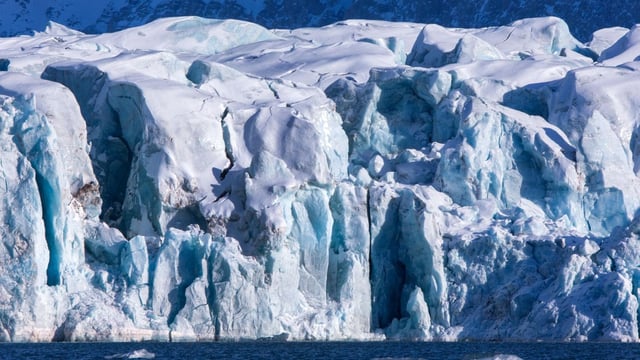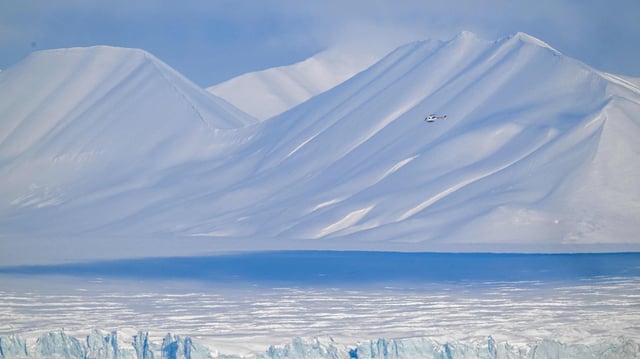Overview
- Researchers calculate a 61.7 gigatonne loss (±11.1 Gt) in summer 2024, about one percent of Spitsbergen’s total ice mass.
- Including surrounding glaciers, the Barents Sea region shed 102.1 gigatonnes (±22.9 Gt), raising global sea levels by roughly 0.27 millimeters.
- Greenland’s ice sheet lost a comparable ~55 gigatonnes (±35 Gt) despite covering about 50 times more area.
- A persistent atmospheric circulation pattern produced record air temperatures that drove the extreme melt.
- The analysis, led by the University of Oslo’s Thomas V. Schuler and published in PNAS, suggests such Arctic melt extremes may become more frequent by century’s end.

